
How to Build a Mash Tun from the AHA
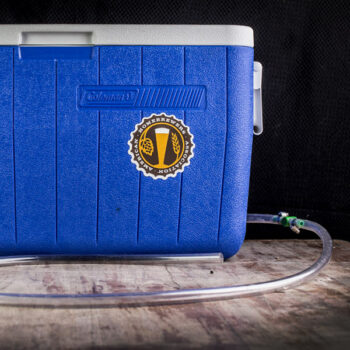
A how-to from the American Homebrewer’s Association
Get a Deal on AHA Membership!
The benefits of AHA membership are numerous and valuable. If you’re not a member of the American Homebrewer’s Association, I think you should consider joining.
Get $5 off AHA memberships when you use coupon code HBF. Applies to new and renewed memberships and print or digital.
$5 Off AHA Membership! – remember promo code HBF
This walks you through putting together a Cooler Mash Tun Build based on this 48 Quart Coleman Cooler.
This setup is based on Denny Conn’s great design. Denny is a legendary homebrewer. Among other things, he is the co-author of Experimental Homebrewing and the keeper of Wyeast 1450 Denny’s Favorite 50. Check out Denny’s Author Page on Amazon see more of his books.
Sources for the Cooler:
- Chiller™ 48-Quart Cooler – direct from Coleman
- Coleman Chiller 48qt Insulated Portable Cooler with Ice Retention & Heavy-Duty Handles, Made in USA – Amazon
- Coleman Chiller 48qt Insulated Portable Cooler with Ice Retention & Heavy-Duty Handles, Made in USA – Amazon
- Coleman 48-Quart Performance Cooler – Amazon
- Wal-Mart – Search “Coleman 48 Quart Chiller”
- eBay – Search “Coleman 48 Quart Chiller”
Related:
- Making a Mash Tun MLT – Start All Grain Brewing! – our comprehensive resource on the topic
- Loads of All Grain Brewing Info! All Grain Tips & Gear Resource Page
- Coleman 48 Quart Cooler affiliate link, note that multiple variations of this product may be available, as such a different version may appear at this link, featured in the AHA’s build
- Search Amazon for “Coleman 48 quart cooler” to shop for other options – additional colors may be available, make sure it’s the same style as the original build features.
- Rubber Mini Keg Bung – affiliate link, note that multiple variations of this product may be available, as such a different version may appear at this link
How to Build a Mash Tun – via the American Homebrewer’s Association
Unless you’re using the brew in a bag technique, a mash tun is an essential piece of equipment when advancing to all-grain brewing. Mash tuns come in all shapes, sizes and materials, and the ideal vessel for you will depend on your current procedures and future goals as a homebrewer. Mash tuns can be purchased from a homebrew shop, or easily made at home with limited skill and tools.
This article contains affiliate links. We may make a small percentage if you use our links to make a purchase. You won’t pay more and you’ll be supporting Homebrew Finds and more content like this. Thank you for your support!
In this tutorial, we’ll cover how to build a mash tun for batch sparge brewing (~5 gallon batches), an approachable means of all-grain brewing. For additional instructions, follow along with AHA Director Gary Glass in part three of the Introduction to All-Grain Video Series, as he walks viewers through the steps to building this mash tun.
How it Works
Simply put, a mash tun is a vessel for conducting the mashing process, while allowing for easy lautering—the process of removing the liquid wort from grain solids.
This specific build uses a stainless steel supply line as the filter to allow the liquid to move to the boil kettle, while leaving the grains and as much sediment as possible behind in the mash tun. The supply line is prepared so that there is basically a cylindrical screen of stainless steel that is fine enough to prevent most solids from being transferred, without too much worry of clogging.
Materials
- 48 quart picnic cooler
- Rubber mini-keg bung
- (2) 1/4″ hose clamps
- 1/2″ hose clamp
- 3/8″ inline nylon valve
- 7/16″ vinyl tubing*
- 16″ stainless steel supply line**
- Food-grade sealer
- *Enough length to reach your boil kettle.
**Shorter or longer lengths should work fine.
Tools
- Scissors, to cut tubing
- Screw driver, for tightening hose clamps
- Needle-nosed pliers, for preparing the stainless steel braid
- Paper towel or rag, to clean up sealer
- Saw, or other means of cutting through stainless steel supply line
Construction
Putting together a mash tun out of a rectangular picnic cooler is actually quite easy. Review the following steps, gather the materials and tools, and you’ll have yourself a homemade mash tun in no time.
- Remove the spigot from the picnic cooler. Typically it can be unscrewed by hand, but you may need to use pliers or some other tool if it is screwed on tight.
- Remove the plastic plug from the rubber mini-keg bung. You will not need this.
- From the inside of the cooler, place the rubber mini-keg bung in the whole where the spigot was.
- Optional: If the mini-keg bung is not fitting snug, food-grade sealer can be used to create a water-tight seal.
- Run 6″ of the vinyl tubing through the mini-keg bung so that there are a few inches hanging out of each side of the cooler.
- Prepare the stainless steel braid:
- Cut off both ends of the stainless steel supply line with snips or a saw.
- Remove the plastic tubing from the inside of the stainless steel braid.
- Using needle-nosed pliers, clamp one end of the supply line shut.
- Attach the prepared stainless steel braid to the end of vinyl tubing on the inside of the cooler using the 1/2″ hose clamp.
- Attach the nylon valve to the end of the tubing on the outside of the cooler using a 1/4″ hose clamp.
- On the other end of the nylon valve, attach a piece of tubing long enough to reach your boil kettle (typically ~2-4 feet) using a 1/4″ hose clamp.
via the AHA: How to Build a Mash Tun
Color Code Keg Post O-Rings for Easy Identification:
Valuebrew carries two color schemes to color keg posts. Doing this allows you to quickly identify keg posts. Gray and Black match standard keg QD colors. Blue and Green are meant to be remembered by “Blue for Beer” and “Green for Gas”. All options are made from FDA rated silicone. Since they work equally well on gas and liquid posts you can also mix and match to come up with your own color coding standard.
vbcolorcodeoringlargeEverything All Grain!
Our resource post on all grain is the source for everything all grain!
Get a Deal on Bulk Grain
Our AHA Deals Roundup:
Grain Storage!
Storage Options:
More Homebrew Finds!
- Last 50 Finds!
- Top Deals – a curated list of the best deals
- Homebrew Reviews – one of the largest libraries of homebrew reviews in existence!
- Our Top Posts – tips, how-tos, resources posts and more
- Let’s be Friends!
Recent Deals!
10 Most Recent Homebrew Resource Posts & How-To’s!
We are Homebrew Review HQ! Our 10 Most Recent Reviews
Make sure the components you use are compatible and rated for your intended application. Contact manufacturer with questions about suitability or a specific application. Always read and follow manufacturer directions. tag:lnksfxd top:ahamashtun tag:tpr



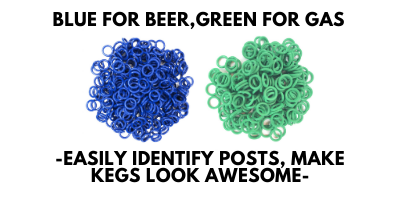






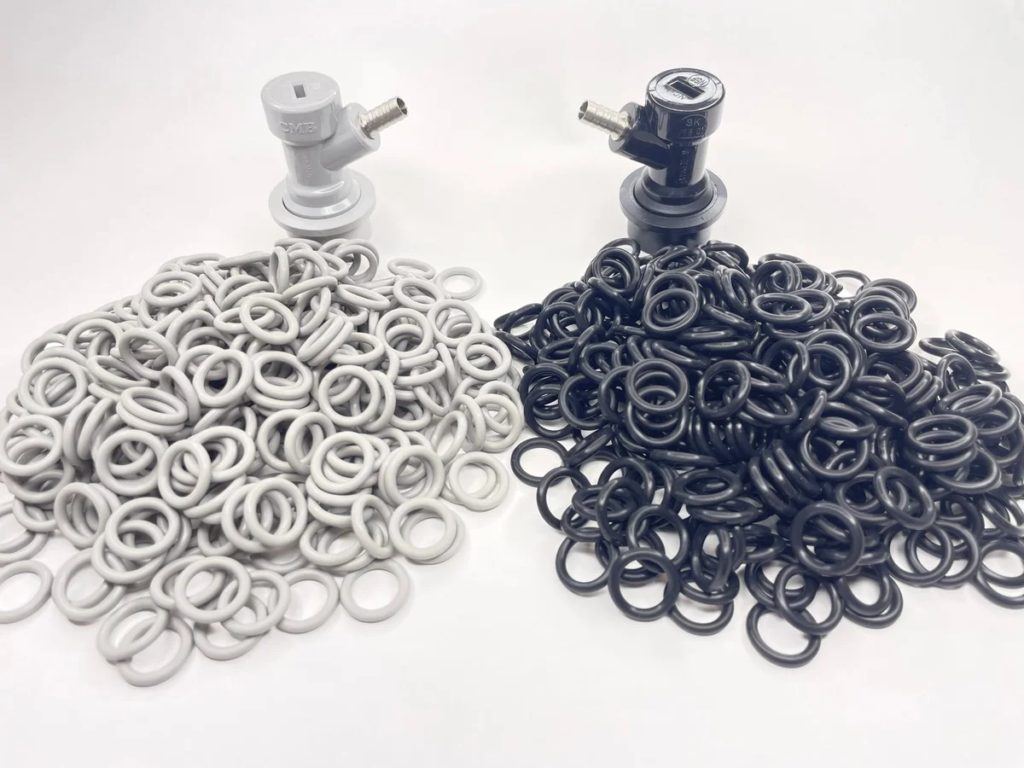
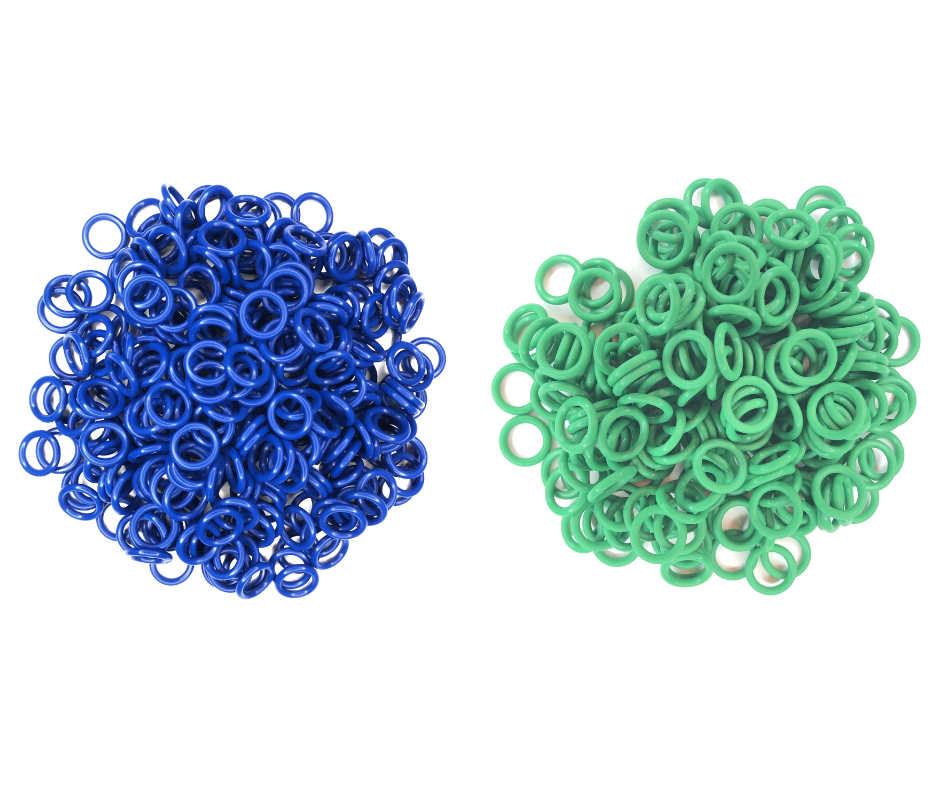



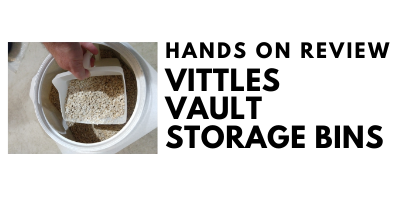
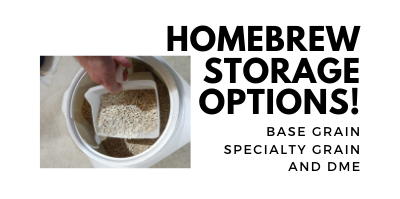










Vinyl tubing – 7/16″ OD or 7/16″ ID? The 7/16″ OD stuff I bought doesn’t fit snug with the bung like in the video.